~ * ~
This article was written by Elaine Brady Smith
I love adding collage to my mixed media art whether it’s in journals or on a piece that will hang on the wall. The collage papers that I make often spark ideas and I’m excited to mix and match to see how I can combine the layers. I am always prepared to get working when I have papers ready and on hand, so one of the things I do on a regular basis is to have paper making days when all I do for the day is make a whole lot of papers! Then on art making days, that big ole pile of collage paper just beckons to me to dive in and create something awesome!
One of my favorite go-to methods is adding transparent collage layers to my work. This adds depth and history which creates a more interesting piece of art. I can go crazy layering patterns, colors, and designs that all allow what is underneath to show through. This is added as a second stage, so after I’ve collaged or painted a start, I am ready to add the first transparent layer. There are many ways to add transparent layers to your work. The one I will talk about today is stamped layers on tissue paper that will be made transparent. When the process is complete, only the printed areas remain visible. It’s a lot of fun, so let’s get started!
Here is the supply list for this project:
Cardboard, Mat board, or Foam Core Board
Fun Foam
Pencil or Fine Point Marker
Scissors or XActo Knife
Sponge Roller
Large Paper Plate
Acrylic Paint (can be cheap 2oz bottles or tube paint)
Wax Paper
Large White Trash Bag (not the flex bags, they have pattern on them)
Masking Tape
1” Flat Paint Brush
Plastic or Paper Cup
Liquetex Gloss Medium & Varnish
Cut both the board and the fun foam to the same size. I have cut mine to 5” square.
Draw your design on the fun foam with pencil or marker and cut out the pieces with scissors (or you can cut them out with an XActo knife).
Glue the pieces to the board by brushing a layer of gel medium over the board surface with a paint brush, and then place the pieces where you want them. Press the pieces down and make sure each piece is secured with gel medium. Wipe excess gel medium and allow the stamp to dry.
I have made 3 different stamps that I plan to print and then use in a collage.
Place 1 or 2 colors of acrylic paint on one side of a paper plate and if you are using multiple colors, place them side by side on the plate. Tip the sponge roller into your paint and begin rolling out from the paint piles until the sponge roller is filled evenly with paint. This takes a good amount of paint. If you are using 2 colors, roll in a slightly left and right motion to mix the colors in the middle of the roller21.
Place your stamp foam side up and roll the paint filled roller over it until it looks like the stamp is covered sufficiently with paint.
With the stamp facing up, place a piece of white tissue paper over the stamp. Place a piece of wax paper on top of the tissue paper and smooth out with your fingers making sure the tissue has made good contact with the stamp.
Remove the wax paper and gently pull the tissue off the stamp to reveal your image. You can repeat this process to produce a “ghost” image with another piece of tissue paper, or spritz the stamp with water from a spray bottle to revive the remaining paint. Each print will turn out slightly different as you print.
You can experiment and play with the paint colors. Here I have rolled two shades of purple on the top of the stamp with a sponge roller and with another sponge roller, added two shades of green to the bottom of the stamp.
I’ve have made a variety of prints from the 3 stamps I made, so that I have multiple choices when I am ready to collage.
After your prints are dry, lay them on a white trash bag that has been taped flat to a hard surface such as a table top or board.
Put a small amount of Liquetex Gloss Medium and Varnish in a plastic or paper cup. With a paint brush begin to generously paint the entire surface of the printed tissue paper with the medium. You can leave a tiny corner of the tissue paper unpainted to use as a lifting point. Allow this to dry overnight.
When the medium is dry, carefully lift the printed tissue from the plastic bag. It will be completely transparent, except for the parts that have been printed with the paint.
You can now add the transparent collage pieces to your art. My piece was done on an 8” x 10” stretched canvas. I started with paint, collage layers and a bit of stenciling and when the initial layers were dry; I cut and glued my transparent prints down with gel medium. You can add many of these transparent prints with different patterns to your piece to get a unique effect. Try combining different patterns or the same pattern in a variety of positions or colors.
Here is my completed collage that I finished with Sharpie paint pens and some additional stencil layers.
I hope you have fun playing with this technique!!!
~*~*~*~*~*~*~*~*~*~*~*~*~*~*~*~*~*~*~*~*~*~*~*~*~
Author bio:
Elaine Brady Smith loves creating acrylic mixed media and encaustic collages. Key ingredients in her work are vintage papers and her own collage papers made with repetitive marks, simplistic shapes and transparent layers. She also enjoys other art mediums such as art journaling, oil painting and colored pencil drawing in addition to writing, teaching and spending time with her family. Find more on her website: elainebradysmith.com and on Facebook: Elaine Brady Smith Art
~*~*~*~*~*~*~*~*~*~*~*~*~*~*~*~*~*~*~*~*~*~*~*~*~
.
.

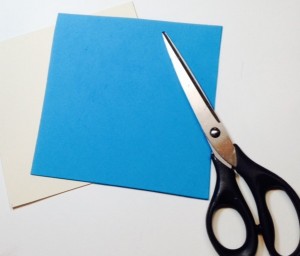
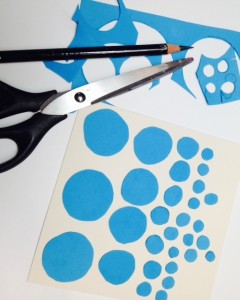
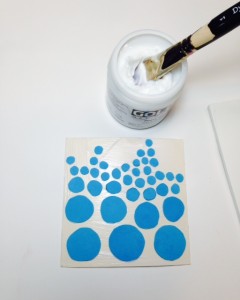
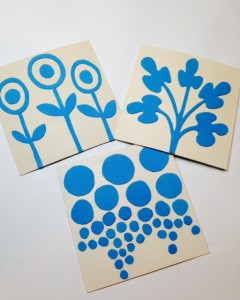
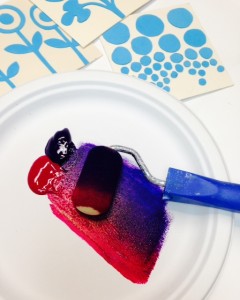
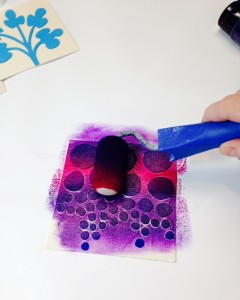
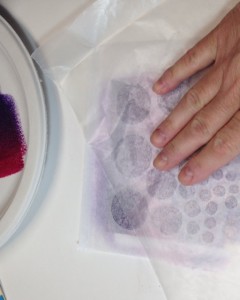
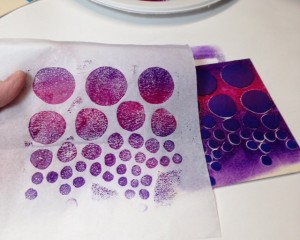
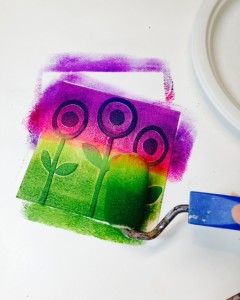
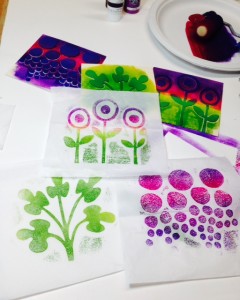
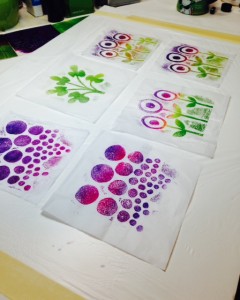
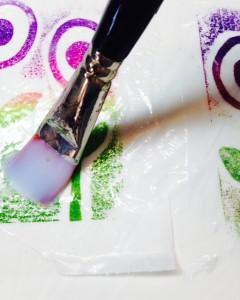
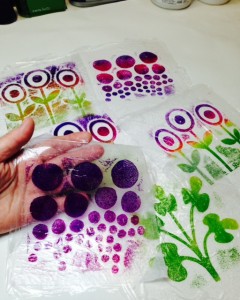
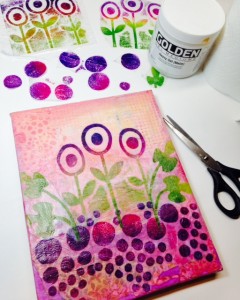
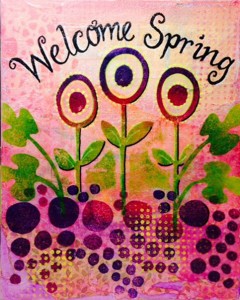
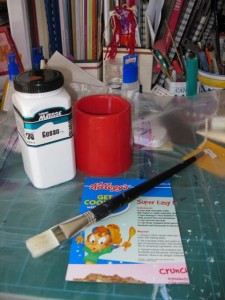
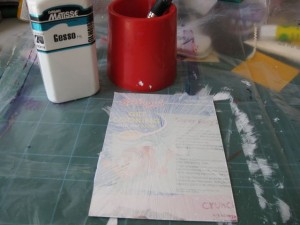
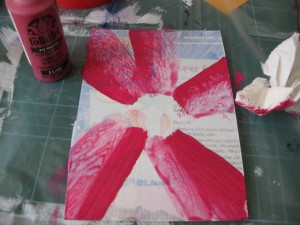
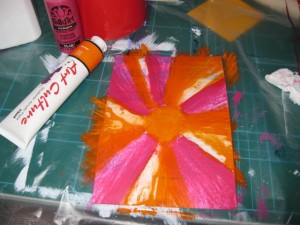
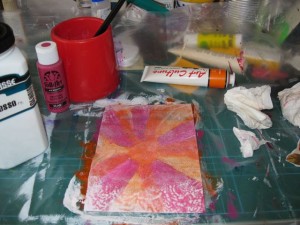
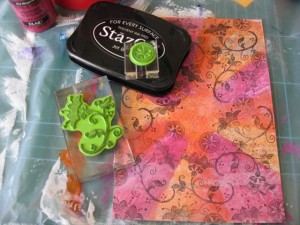
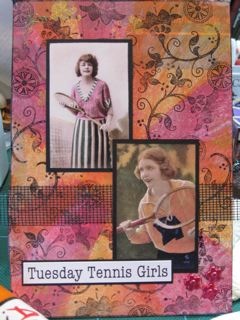
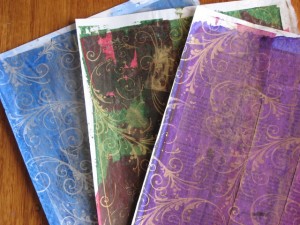



Recent Comments